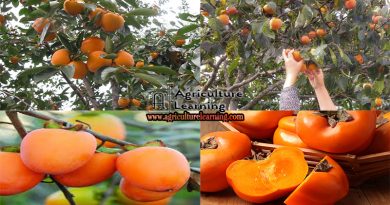How to Get Nutrition to Orchids Without Soil?
Orchids that are grown without soil, often referred to as epiphytic orchids, absorb nutrients and moisture primarily through their aerial roots. Here’s how to ensure they get the necessary nutrition:
- Regular Fertilizing:
- Dilute Fertilizer: Use a balanced, water-soluble fertilizer specifically formulated for orchids. Dilute it to half or even quarter strength to avoid fertilizer burn.
- Frequency: Fertilize your orchids every 2-3 weeks during the growing season.
- Method: You can either water the fertilizer solution onto the potting medium or mist the roots and leaves with a fine spray.
- Balanced Nutrient Solution:
- Essential Nutrients: Orchids require a balance of nitrogen (N), phosphorus (P), and potassium (K), as well as micronutrients like calcium, magnesium, and iron.
- Commercial Fertilizers: Many commercial orchid fertilizers provide the necessary nutrients in balanced proportions.
- Homemade Fertilizers: You can also use homemade fertilizers like diluted fish emulsion or compost tea.
- Healthy Root System:
- Air Pruning: Regularly inspect the roots and trim away any dead or decaying roots.
- Potting Medium: Use a well-draining potting mix, such as bark or sphagnum moss.
- Repotting: Repot your orchid every 1-2 years to refresh the potting medium and ensure healthy root growth.
- Optimal Growing Conditions:
- Light: Provide bright, indirect light. Avoid direct sunlight, especially during the hottest parts of the day.
- Temperature: Maintain a temperature range of 65-85°F (18-30°C) during the day and slightly cooler temperatures at night.
- Humidity: Orchids thrive in high humidity. Use a humidifier, mist the plant regularly, or place it on a tray of pebbles filled with water.
41 total views, 1 views today




